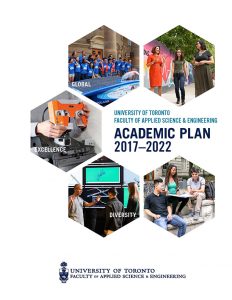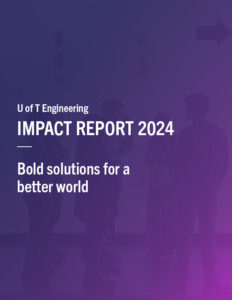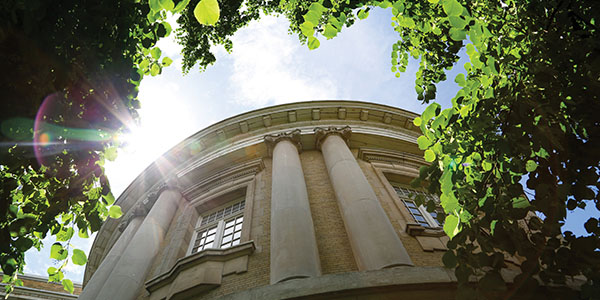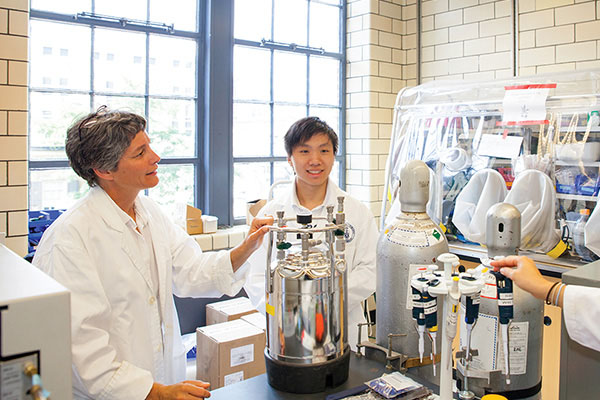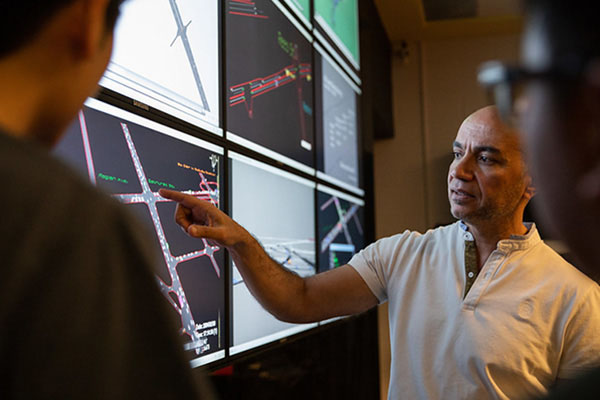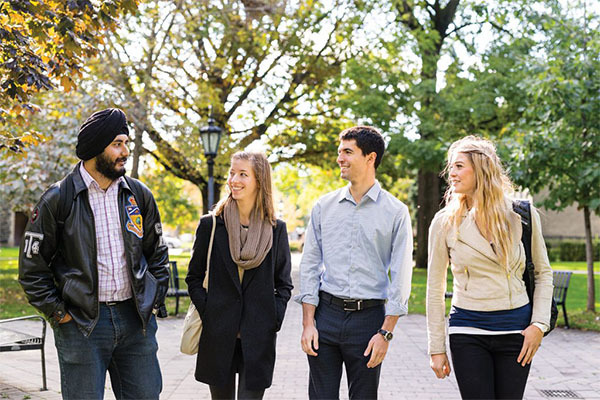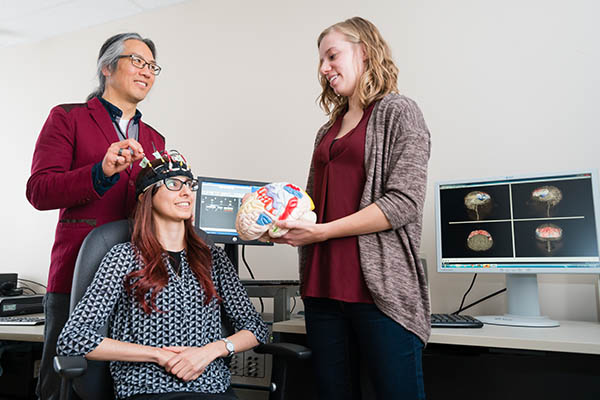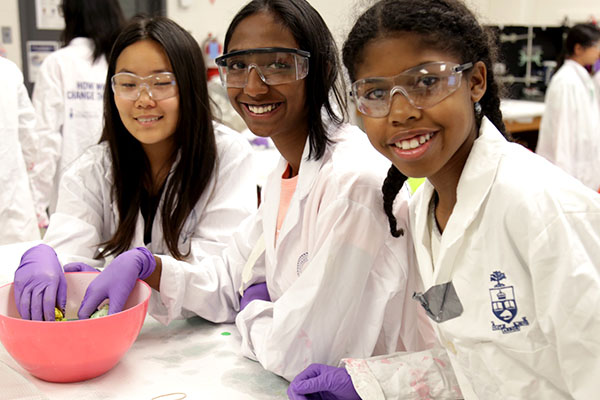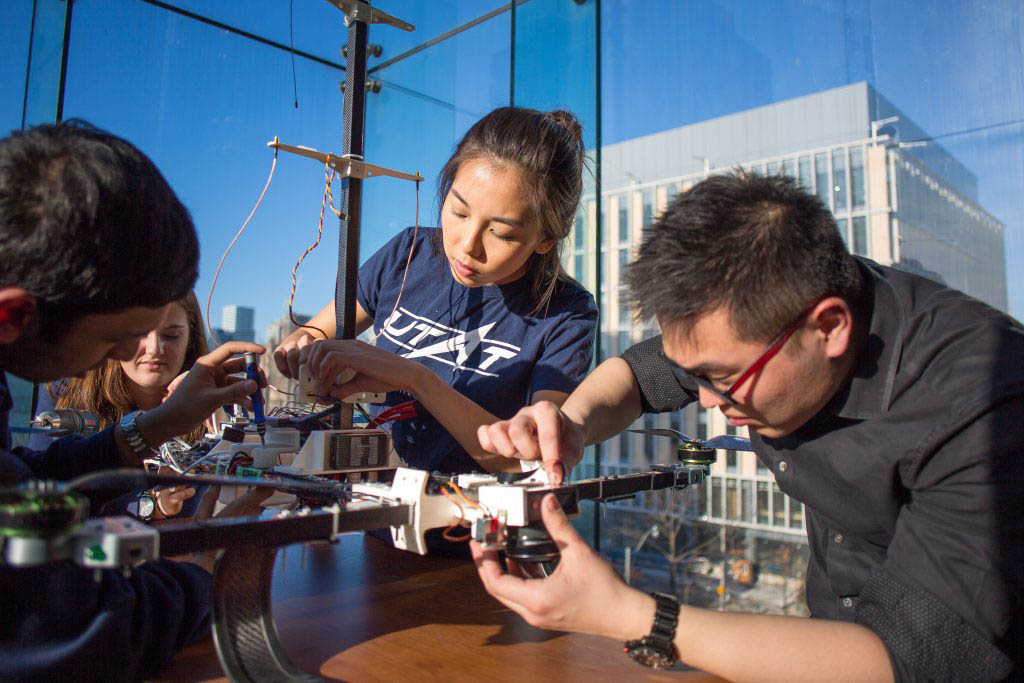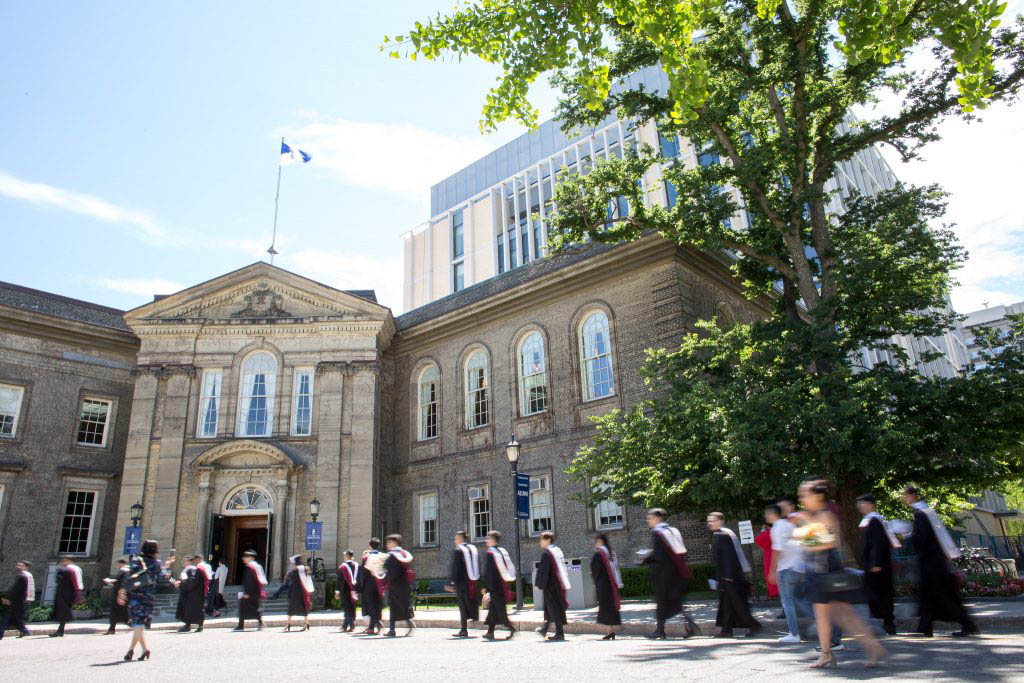Cliff Davidson, Syracuse University
Host: Prof. Elodie Passeport
Airborne particles exist in a wide variety of shapes, sizes, and chemical compositions. Some are natural, some are emitted from human activities, and others are formed in the atmosphere from gases. The gases can also be natural or anthropogenic. Once airborne, particles can be carried hundreds or even thousands of kilometers by wind before interacting with surfaces and depositing. In this talk, we examine the many ways in which atmospheric particles interact with surfaces of all kinds – natural vegetation, agriculture crops, landscaping, bare soil, water, snowfields, and urban hardscape surfaces. Such understanding is important when predicting the ultimate fate of particulate matter, whether the particles are inhaled and reach the human respiratory system, or whether they deposit on surfaces and cause damage. In all cases of deposition from the atmosphere, particles carried in the mainstream of the airflow must somehow be delivered to the quasi-laminar boundary layer adjacent to the surface, and must then traverse the boundary layer to rest on the surface. These two steps, as well as a third step in which particles rebound off the surface back into airflow, define the deposition process. For a large field of uniform vegetation less than a few meters in height, the wind field and boundary layer characteristics are well known, and deposition onto the vegetation can be predicted for a range of particle sizes and wind speeds. For more complex vegetation, such as a forest canopy, we usually resort to empirical methods to estimate deposition. For water surfaces, the hygroscopicity of the particles may need to be taken into account. Deposition on large lakes and the oceans must also account for wave action. Deposition to snow is complicated by the porous nature of the surface, and the fact that the surface area of individual snow crystals may influence the motions of very small particles. Finally, estimating deposition to buildings, roads, and other urban surfaces can be a challenge due to the changes in geometry of the surface over short distance scales. We discuss the special case of estimating particle deposition onto urban surfaces, including a large extensive green roof. Both modeling and measurement of particle interaction with surfaces is presented, and use of well-controlled experimental surfaces in wind tunnels as well as in the ambient atmosphere is discussed as a means of improving our understanding of the deposition process. A separate tutorial covering the airflow and rain impinging on a green roof in Syracuse, NY will be presented. The tutorial will explain the capabilities of a new website showing real-time data and archived data from the green roof. The website is intended for use in the classroom to help students understand the physical processes taking place on a green roof and the functions of a green roof.
________________________________________________________________________________________________________________________________________
Cliff Davidson is the Thomas and Colleen Wilmot Professor of Engineering in the Department of Civil and Environmental Engineering at Syracuse University in Syracuse, NY. He also serves as Director of Environmental Engineering Programs, and Director of the Center for Sustainable Engineering. He received his B.S. in Electrical Engineering from Carnegie Mellon University, and his M.S. and Ph.D. degrees in Environmental Engineering Science from California Institute of Technology. Following his PhD, he joined the Carnegie Mellon faculty in the Department of Civil Engineering (currently Civil and Environmental Engineering) and the Department of Engineering and Public Policy, where he served for 33 years. He joined Syracuse University in 2010. He has 140 publications in peer reviewed journals, and has given roughly 200 presentations at conferences, seminars, and workshops. He is a Fellow in four organizations: American Association for Aerosol Research (AAAR), the Association of Environmental Engineering and Science Professors (AEESP), the American Society of Civil Engineers (ASCE), and the Syracuse Center of Excellence in Environmental and Energy Systems. He served as President of AAAR in 1999-2000. Davidson’s long-term research interest is transport and fate of environmental pollutants, especially atmospheric acids and heavy metals. More recently, he has studied the role of engineers in sustainable development, focusing on green infrastructure. He has also studied changes in education needed to train an engineering workforce for the 21st century.
View the complete 2022-23 LLE schedule
Questions? Please contact Jennifer Hsu, Manager, External Relations (jennifer.hsu@utoronto.ca)

